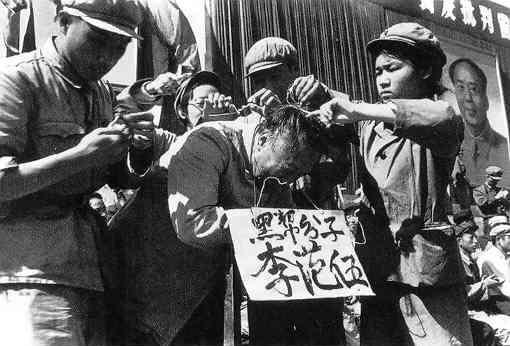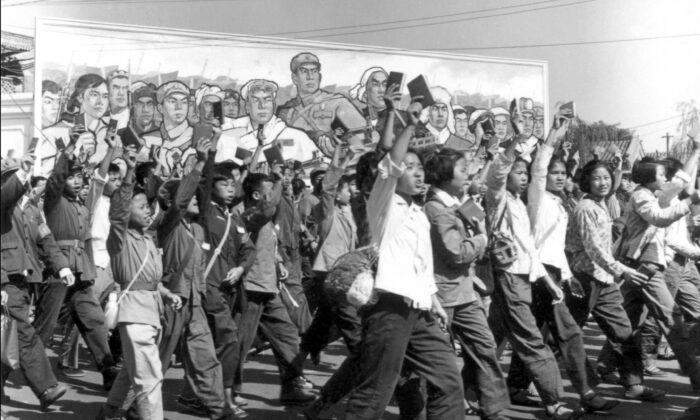A treatise on Swedish civil procedure, a law school textbook, a new journal for law student writers—such accomplishments might seem important only in the cloistered world of law professors. In fact, they were some of the first ways that Ruth Bader Ginsburg began to change the law.
As a law professor, Ginsburg led the creation of the field of women’s studies in law. Her first step in doing so took her to Sweden.
While the Swedish book was in progress, she was hired by Rutgers Law School in 1963 to teach civil procedure. As a scholar, judge, and justice, she would become renowned for the clarity of her explanations of complex questions in civil procedure.
A Needed Textbook
Professor Ginsburg’s second book aimed to do more than make Swedish law accessible to English-reading scholars. The new book would make women’s rights accessible to law professors, law students, and lawyers.What law students learn depends on what professors can teach. Teaching depends on what textbooks exist. Although some professors do collect or write their own materials for class, most of what gets taught in law school is from textbooks. Only if a textbook on women’s rights existed could women’s rights be broadly studied in law school.
By 1971 there were professors who sympathized with women’s rights, but were far from expert on the subject. They could teach it only if someone else wrote a textbook. They had neither the time nor inclination to determine which cases and materials were most important, collect and edit them, and then organize them into an orderly narrative. So Ginsburg did it all for them. She also provided her own analysis.
Ginsburg’s “Materials on Sex-based Discrimination and the Law” was published in 1971. The front matter describes it as a “preliminary draft.” Another version was titled “Constitutional Aspects of Sex Discrimination.” The textbook wasn’t lengthy—a hundred pages and change. She used it for her brand-new Rutgers seminar on women’s rights.
While the book by itself wasn’t long enough for a full semester, it did have enough for a professor to teach a women’s rights module as a unit in a broader class, or to use it as a foundation for a class dedicated to women’s rights. The textbook could also be a starting point for a practicing lawyer who wanted to become active in women’s rights.
Women’s Rights Law Journal
Besides writing her own books and articles, Ginsburg guided the first legal journal dedicated to women’s issues, the Women’s Rights Law Reporter. The entering class of 1970 at Rutgers Law School was 20 percent women. Some of them met with a recent Rutgers Law graduate, Ann Marie Boylan, who had published the first issue of the Reporter from her apartment in Newark. But she couldn’t keep up the whole publication by herself.The Rutgers students talked with the law school dean and worked out a deal. The Women’s Rights Law Reporter got an office space on campus and raised enough money in donations and subscriptions to pay its expenses, such as printing and mailing.
Besides fundraising for self-sufficiency, the dean’s other condition was that the student-written Women’s Rights Law Reporter had to have a faculty adviser. That would be professor Ginsburg.
As Langer recalled: “Professor Ginsburg devoted many hours to writing and editing, counseling the staff, attending meetings, and inevitably mediating with the administration when problems arose.”
Rutgers professor Ginsburg would later become a Columbia professor, a judge on the D.C. Circuit Court of Appeals, and then a Justice of the Supreme Court. Her illustrious career would be founded on the same characteristics she had shown in those early years at Rutgers: vision, clarity, and generosity.





